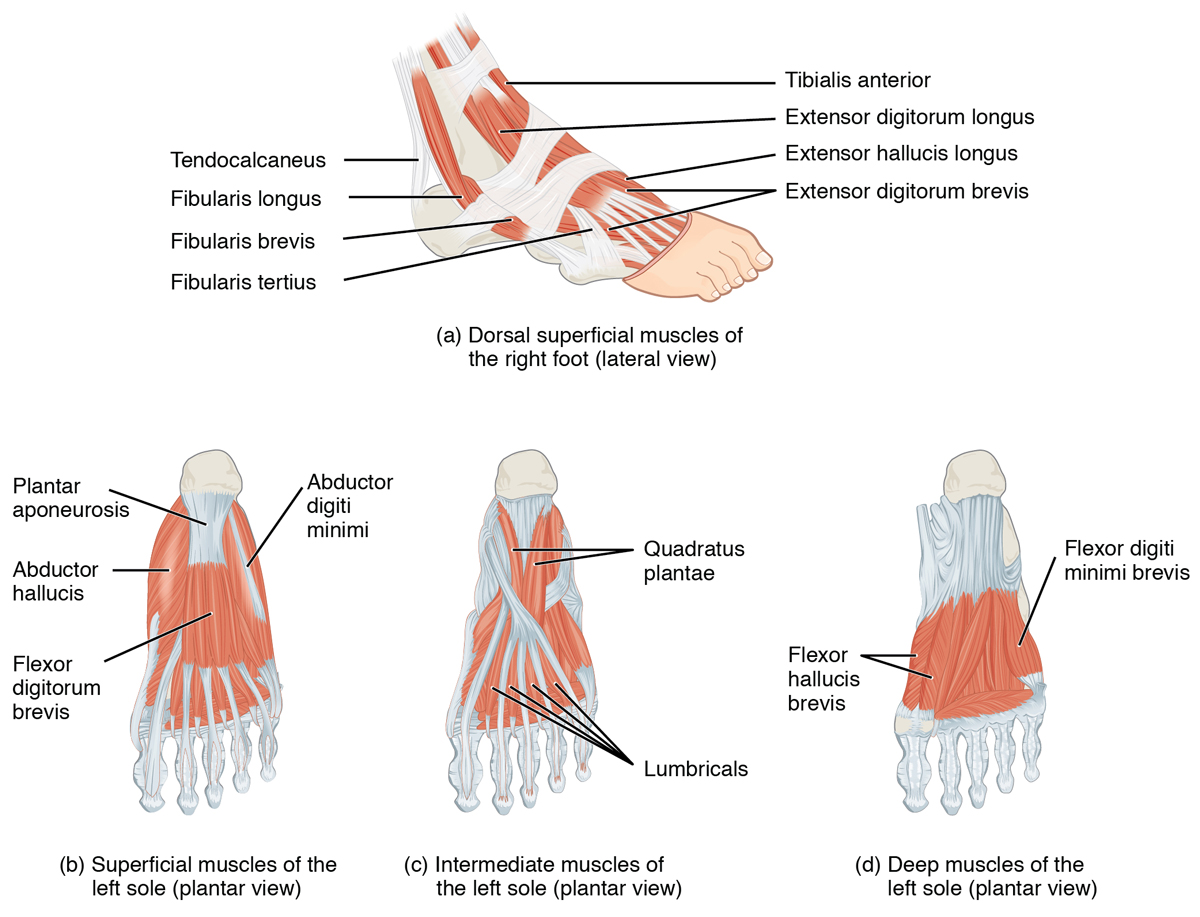

No high heels to worn until 3 months after surgery Remove surgical shoe if satisfactory xrayĪ regular shoe may be worn as comfort allows - this should be stiff soled and supportive such as a stiff walking trainer or similar Patients may prefer to only use one crutch as a walking stick (and a reminder to themselves of the continued need for care)Įlevation is less important but still required sufficient to minimise swelling in the foot as much as possibleįollow-up in the outpatients with xray on arrival Walking activity should be minimal - “slowly pottering around” rather than trying to return to activity May drive with caution in surgical shoe ONLY IF surgery to left foot only and automatic vehicle (otherwise return to driving at 6-8 weeks post surgery)įollow-up review by Mr Redfern in the outpatients for wound review & removal stitchesĬontinued strict use of the stiff soled post-operative shoe provided whenever walking Keep bandaging dry and do not remove (do not change dressing unless instructed) Usually very little or no pain - continue pain medication if required Some blood drainage through bandage may occur - do not change bandageĭo not remove surgical shoe - even at nightĬontinue to strictly elevate the foot (elevate foot for 50 minutes out of every hour) Take pain medication for the first 2 days regularly (usually very little if any pain however) Strict elevation of the foot (elevate foot for 50 minutes out of every hour) Start walking on the foot in surgical shoe only

Usually patients can manage a 2 inch heel height once everything has settled (occasionally more-discuss with Mr Redfern)įoot wrapped in bandage and surgical shoe You may not drive after the surgery for six weeks unless you have an automatic vehicle and only the left foot has undergone surgery You may not walk on the foot without this shoe at all, even in the house You must wear your surgical shoe (post-op shoe) at all times including in bed at night You are able to walk on the foot immediately after the surgery (day of surgery) Operation performed under general anaesthetic or regional anaesthetic There are no limits to the amount of type of exercise activities allowed subsequently. Once fusion is successful, you will be able to wear most shoes (but not necessarily all types and generally not more than a 2 inch/5 cm high heel. The toe is positioned for optimal function. Once fused, the big toe does not move except at the end joint (interphalangeal joint) and this should greatly improve / abolish the painful symptoms. Holding the prepared joint still allows the bone to knit up across the joint as if healing a broken bone.

This metalwork does not usually need to be removed subsequently although it can be removed if required (<5% in Mr Redfern’s practice). The two ‘raw’ bone surfaces are then compressed together using titanium screws and a plate to stabilise the joint in the desired position. The surgery involves removal of the joint surfaces via an incision over the inside surface of the foot. Sometimes Mr Redfern may also recommend this operation for the treatment of a bunion in some patients. It is usually performed for painful arthritis of this joint (hallux rigidus) which has not responded to other non-operative treatment. It is also called an arthrodesis of the big toe joint (metatarsophalangeal joint). This operation is intended to glue (fuse) the big toe joint together and is usually performed as a day case operation. 1st MTPJ (Big Toe) Fusion Hallux Metatarsophalangeal Joint Fusion (MTPJ fusion)


 0 kommentar(er)
0 kommentar(er)
